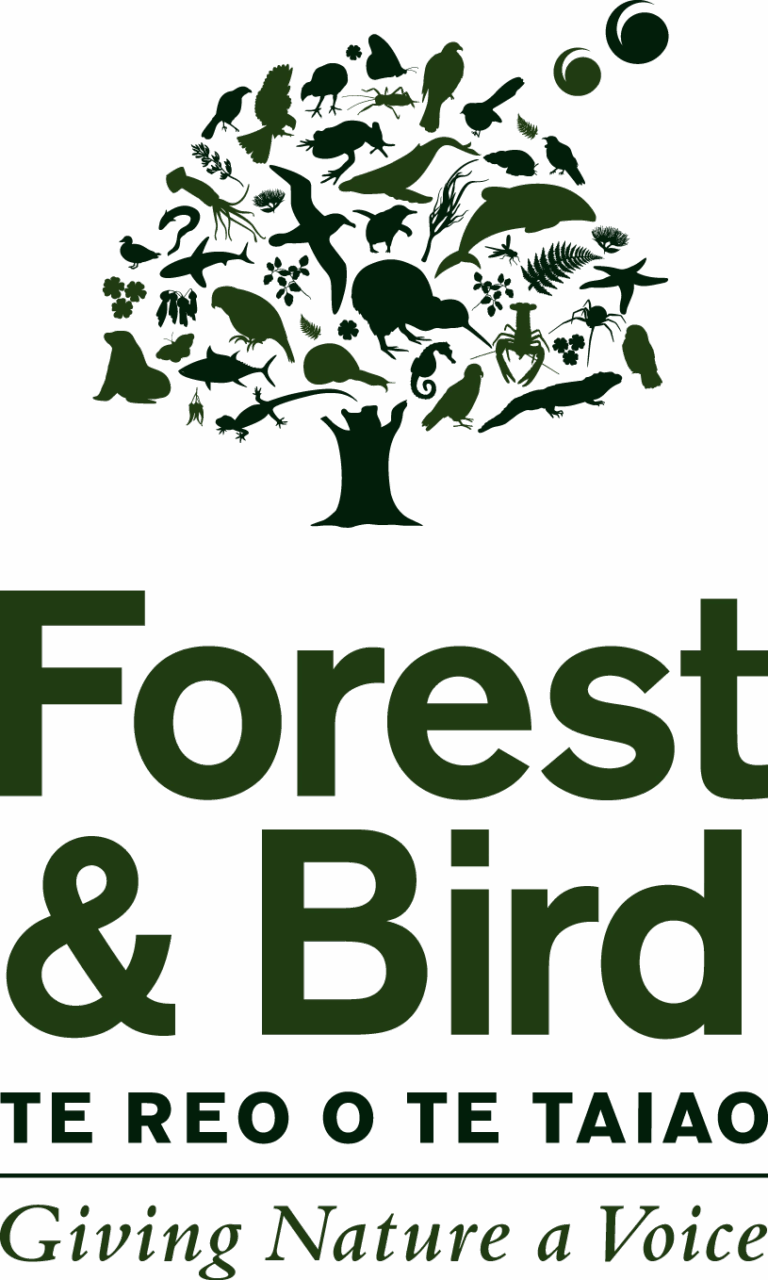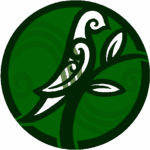Forest Sanctuary
Forest sanctuary
A Forest & Bird Project
The 89-hectare Tarapuruhi Bushy Park Forest is a Forest & Bird Project. It is a rare example of North Island temperate lowland forest. Lowland forests such as Tarapuruhi historically harboured the largest and most diverse communities of native and endemic plants and animals. Tarapuruhi Bushy Park is unusual in that it survived (most lowland forest was clear felled) and it is relatively unmodified, i.e. there has been no logging or burning of the main forest. It was also fenced to exclude domestic livestock in the mid/early 1900s (White 2005).
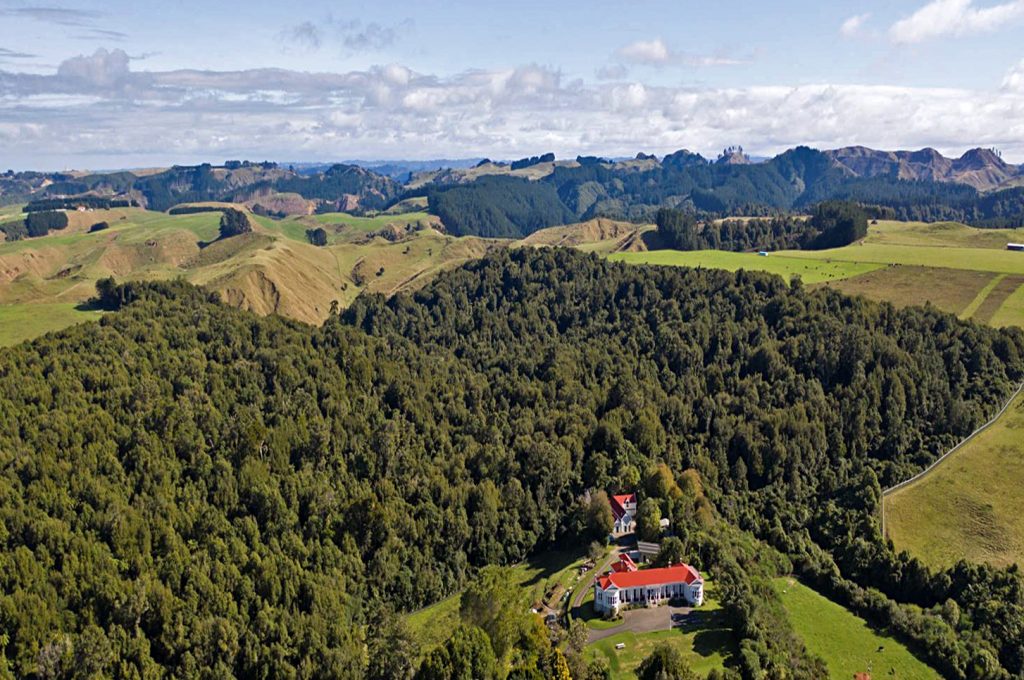
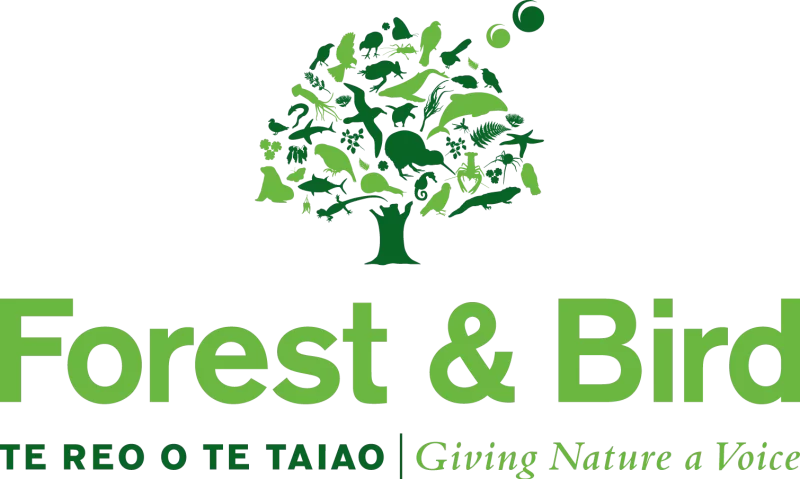
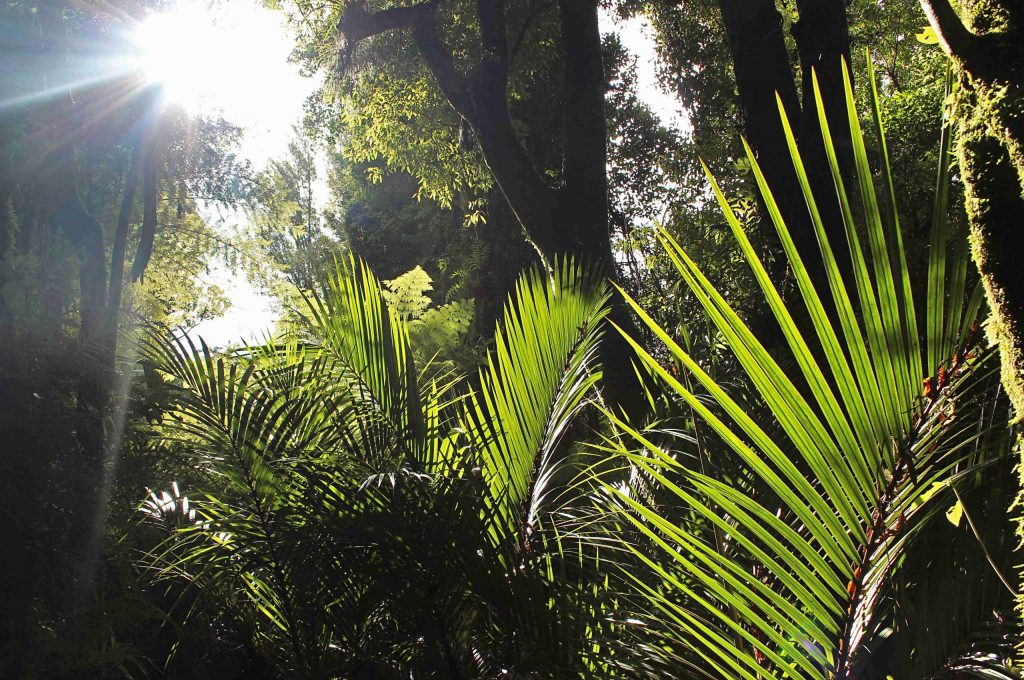
Pest mammals, except for mice, were removed from the sanctuary in 2005 following the construction of a 4.8km XcluderTM pest fence and an eradication project. Therefore, the site has the strongest protection from introduced mammals that can currently be delivered on the mainland.
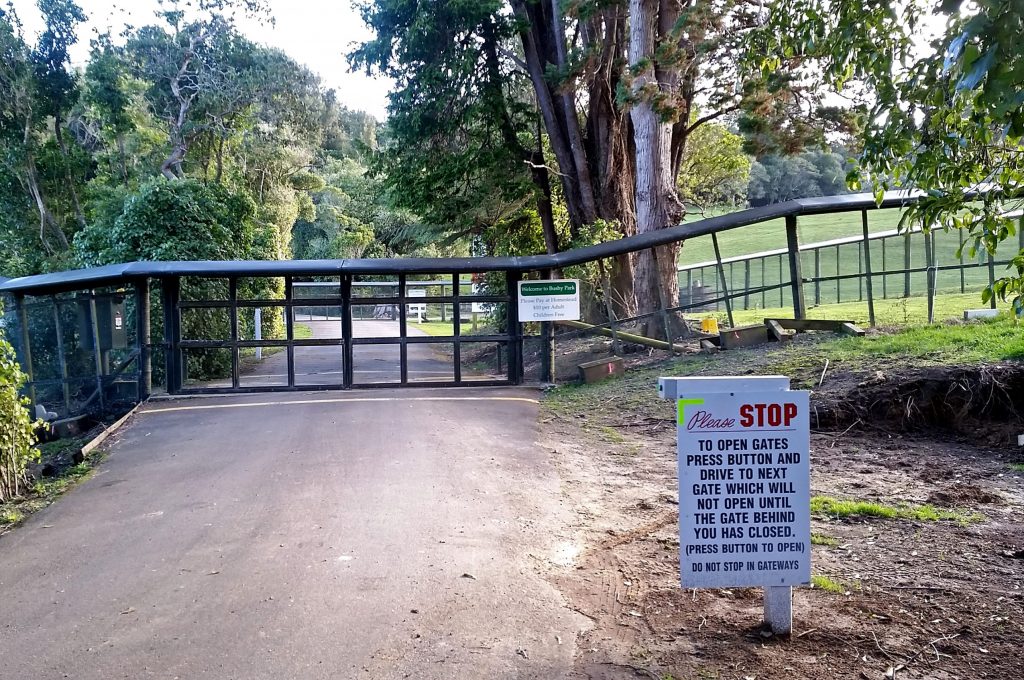
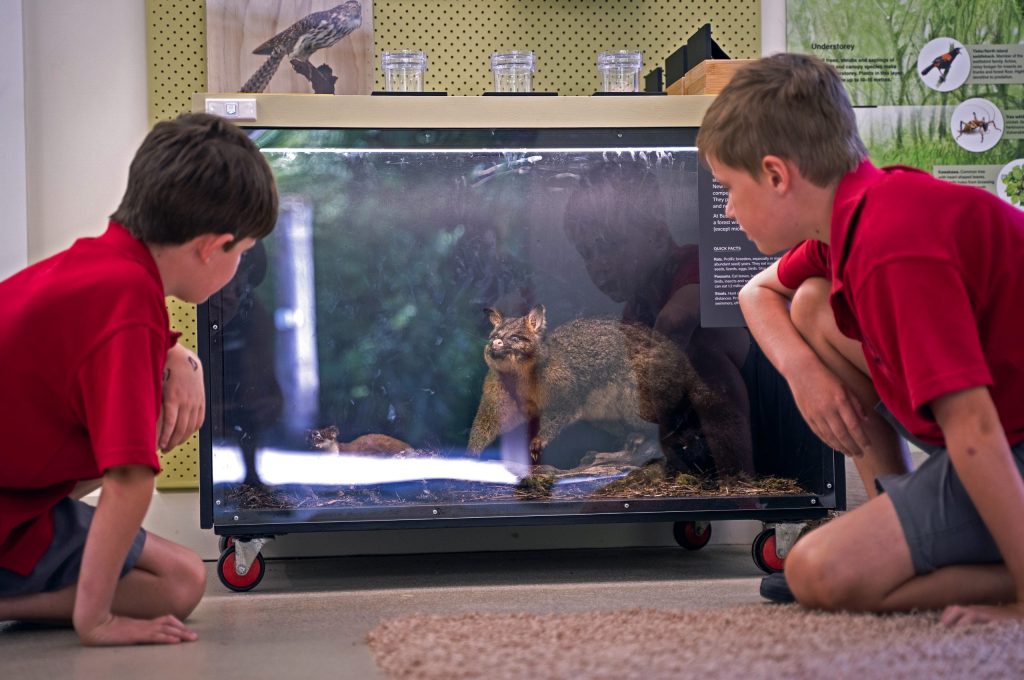
The forest itself is a broadleaf podocarp complex dominated by tawa (Beilschmiedia tawa) and pukatea (Laurelia novae-zelandiae) with emergent rimu (Dacrydium cupressinum) and northern rātā (Metrosideros robusta). Around 160 species of plants have been recorded in the sanctuary (Butcher et al. 2018) and there is considerable structural diversity and complexity from the ground tier through to the sub-canopy and emergent canopy.
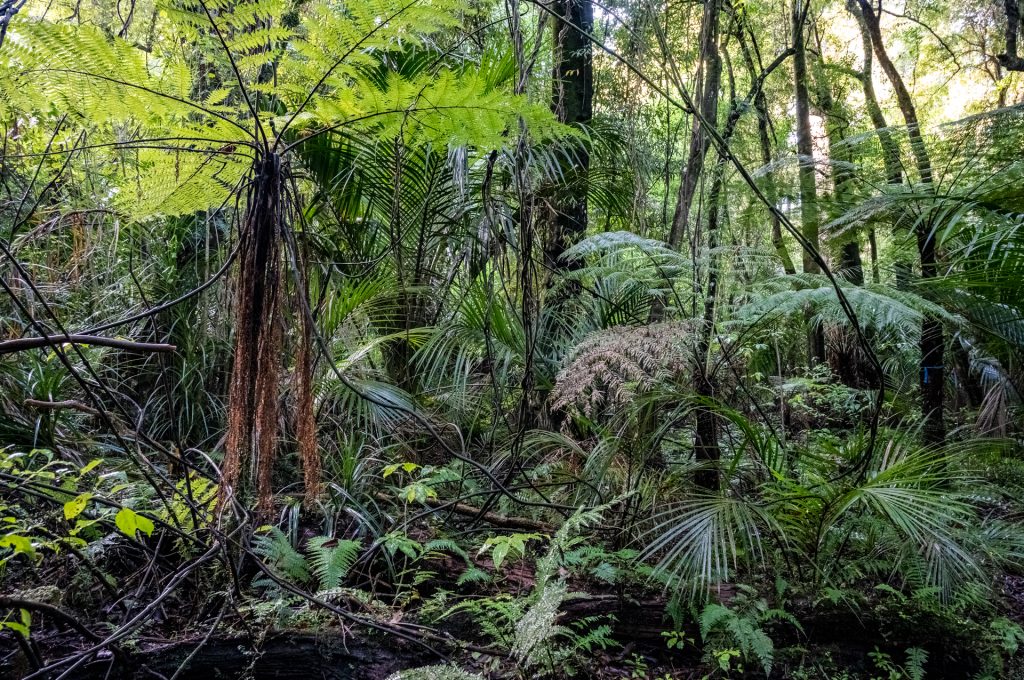
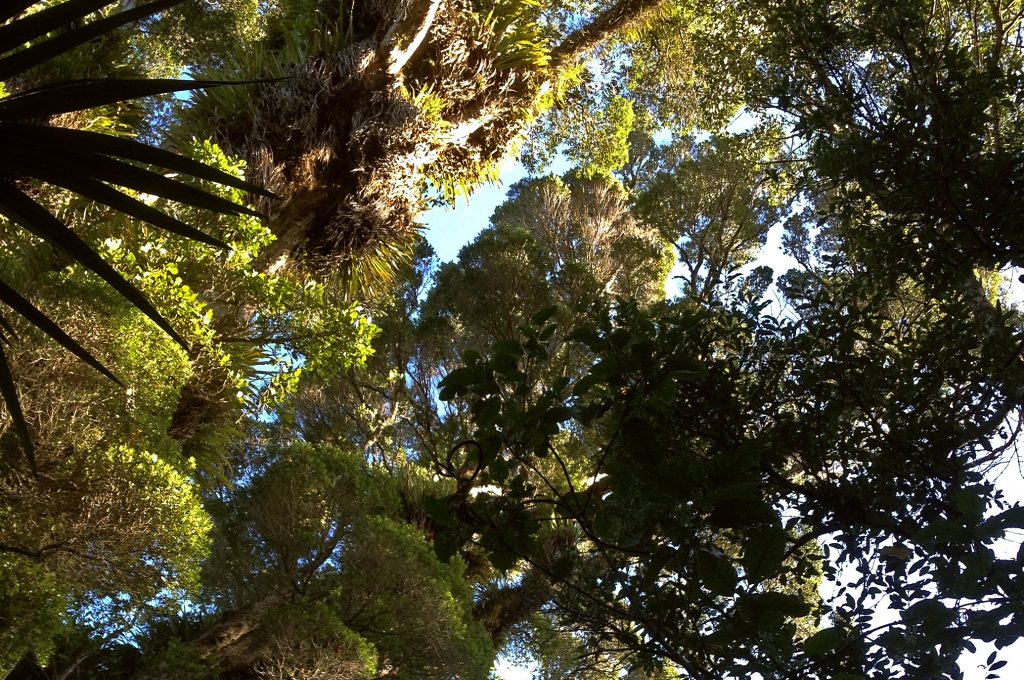
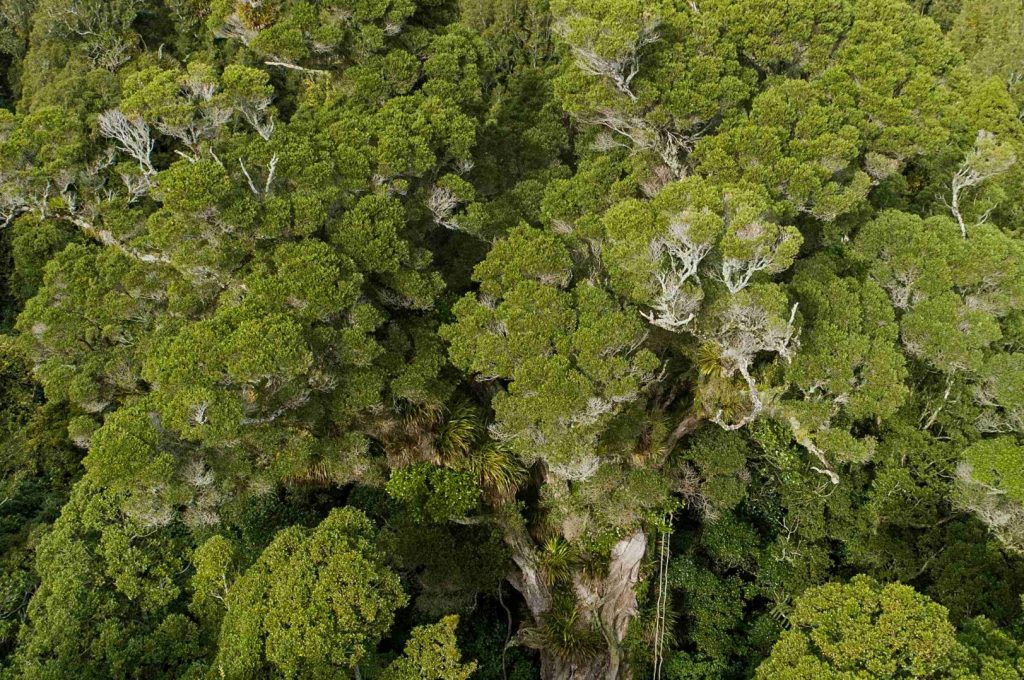
This diverse forest, combined with a moderate climate, several small streams and protection from most mammalian predators and competitors, provides an outstanding environment for many native and endemic species. As an example, toutouwai/North Island robins were reintroduced to the sanctuary in 2001 and 2004. Initial productivity was low but current estimates suggest there are about 600 robins at Tarapuruhi Bushy Park, an incredible density for such a small area (F. Drummond and D.P. Armstrong, unpublished data). Similarly, North Island saddlebacks (Philesturnus rufusater) were reintroduced in 2006 with current estimates suggesting a population of about 700 birds (F. Drummond and D.P. Armstrong, unpublished data). Lizard species, including goldstripe (Woodworthia chrysosiretica) and forest geckos (Mokopirirakau granulatus) have persisted, as have at least two locally threatened plant species, green mistletoe (Ileostylus micranthus) and Pittosporum cornifolium (White 2005; Butcher et al. 2018). These are all indicators that Tarapuruhi Bushy Park is high quality habitat for a range of forest dwelling native and endemic species.
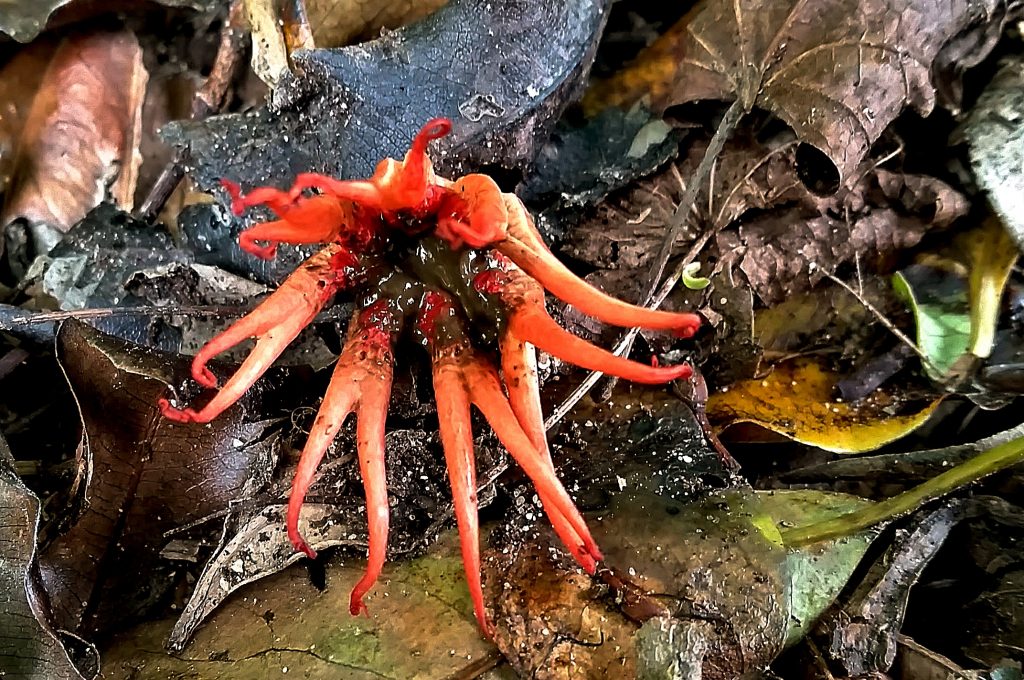
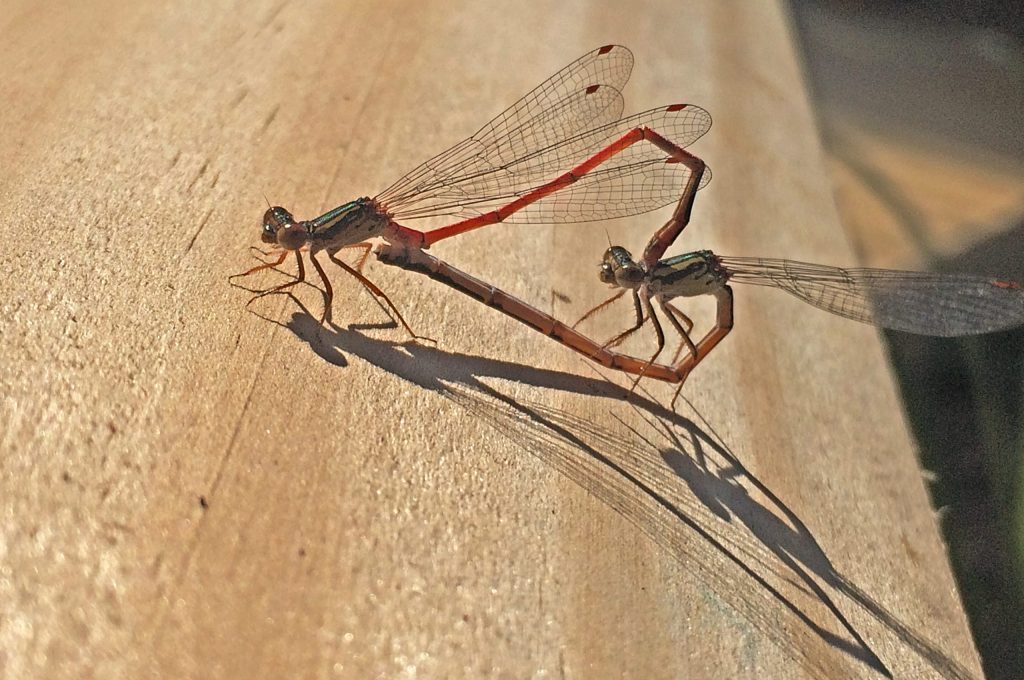
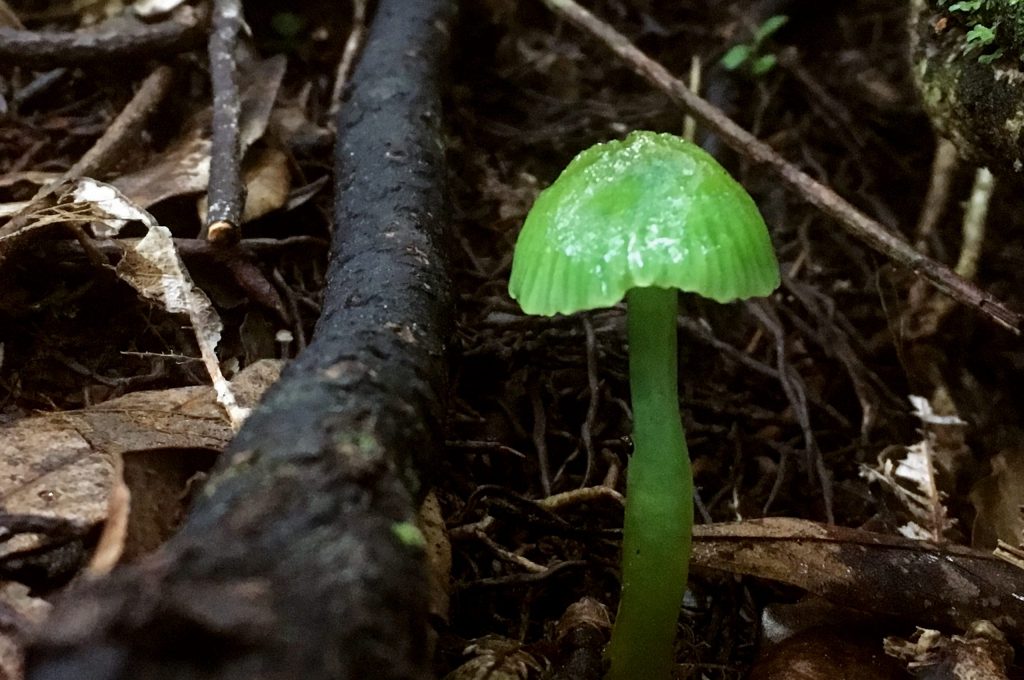
Around 500 volunteer hours/month go into ensuring the continued protection of the sanctuary and care of the visitor tracks and facilities. This includes significant biosecurity work – monitoring and maintaining the Xcluder predator fences and traps to check for the continued exclusion of rats, possums, mustelids, hedgehogs, cats, dogs, and for the management of mice. There is also on-going work to manage and eliminate various weed species such as sycamore trees, banana passion fruit, ivy and chocolate vine.
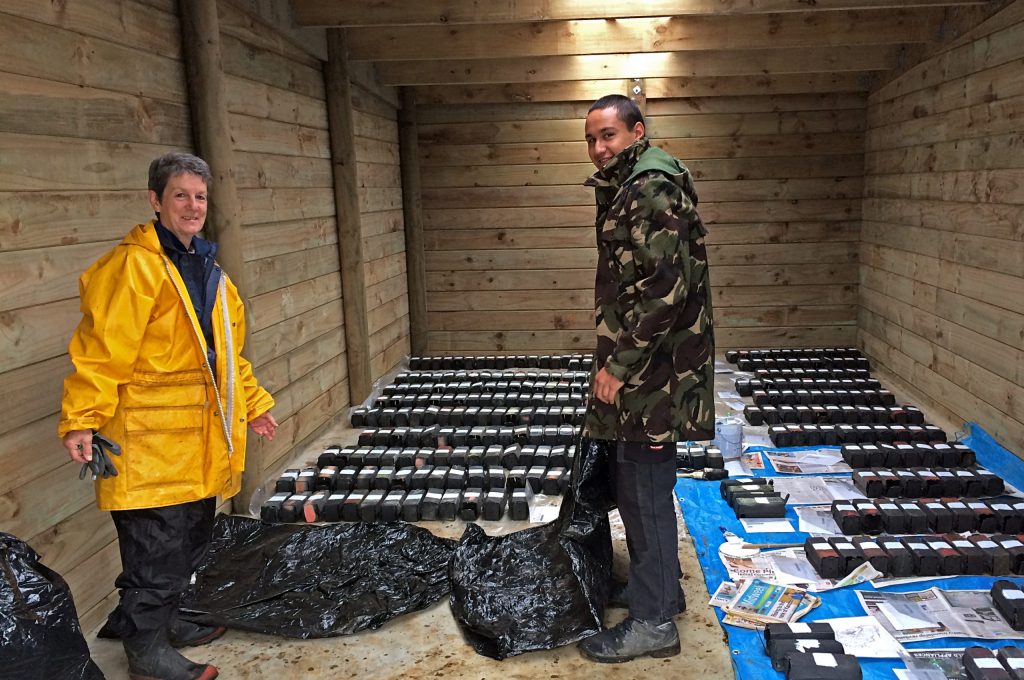
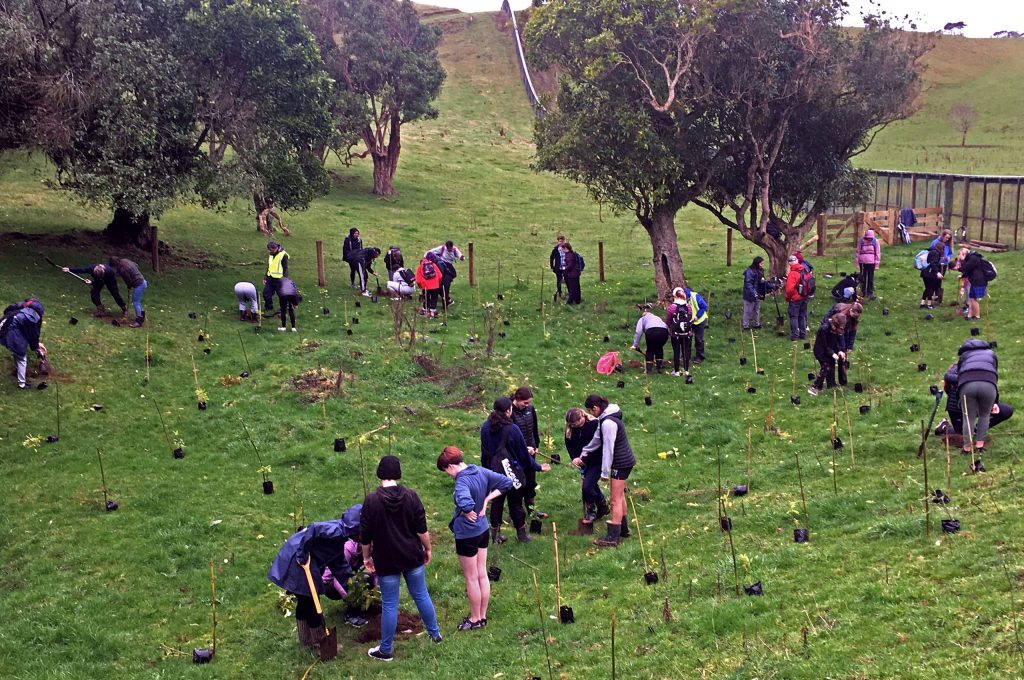
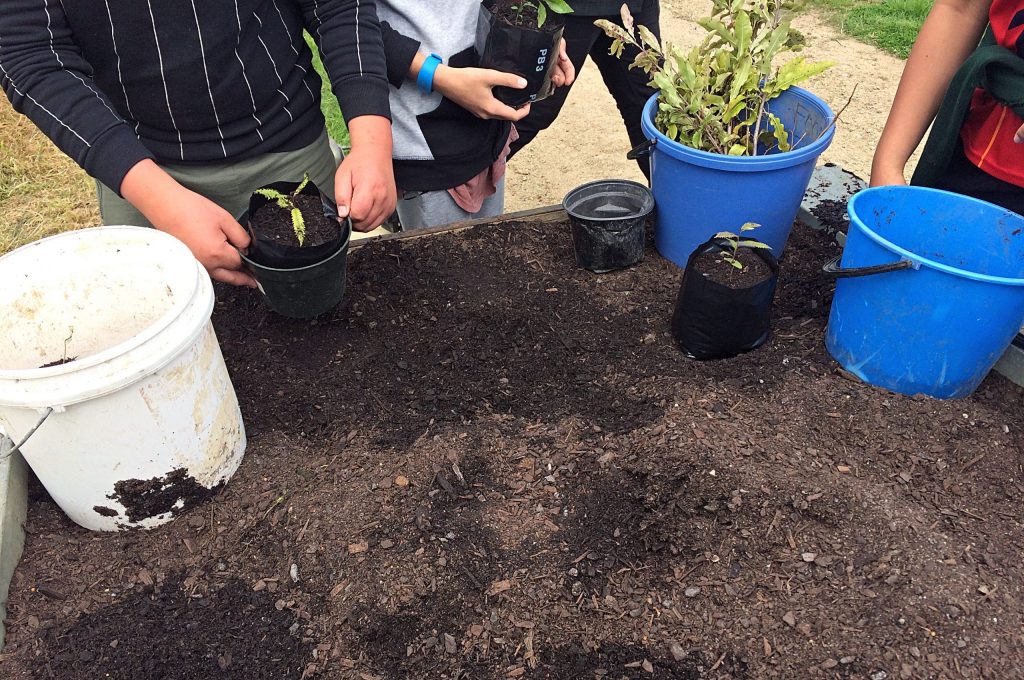
Tarapuruhi Bushy park Forest resources
Help support Tarapuruhi Bushy Park

TARAPURUHI
Bushy Park
Forest Sanctuary
& Historic Homestead
MENU
OPENING HOURS
Forest Sanctuary open 8am – 8pm everyday
Homestead open by appointment only
ADDRESS
791 Rangitatau East Rd
RD8 Kai Iwi
Whanganui
